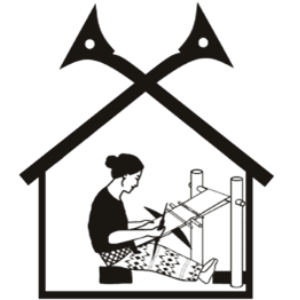Weaving in Nagaland
Textile weaving in Nagaland is exclusively practiced by women. Artisans associated with the Chizami Weaves primarily belong to the Chakhesang tribe, ranging from ages 18 to 75 years old. Most begin learning this art at a young age. These skilled weavers are farmers by profession, and they bring a deep connection to the land and its resources into every thread they weave.
Farming responsibilities keep our weavers busy from April to October. During the agriculture-off season, weaving becomes their main focus and a vital source of income. Our weavers often face significant economic challenges, and by supporting their craft, you directly help us provide our weavers a sustainable source of income.
Chizami Weaves Community
Our weavers are spread across 16 villages in the Phek District, including:
- Chizami Village
- Chizami Town
- Sumi Village
- Middle Khomi Village
- Upper Khomi Village
- Lower Khomi Village
- Pholami Village
- Sakraba Village
- Gidemi Village
- Mesulumi Village
- Enhulumi Village
- Thetsumi Village
- Zapami Village
- Kikruma Village
- North Kikruma
- Pfutsero Town
About the Loom
At Chizami Weaves, we adopt the traditional Naga Backstrap loom, also known as the Loin-Loom or a body-tension loom. This weaving technology, with a history spanning 3,500-year-old weaving technology, is central to our craft. This ancient loom is also widely used among indigenous hill communities across Central and South America, South, East, and South-East Asia.
What makes this loom truly unique is its portability. A weaver can set up almost anywhere, using a door, window, a balcony railing, or a wall hook to create the necessary tension. This adaptability is one of the reasons it has been widely adopted by indigenous and tribal communities worldwide.

